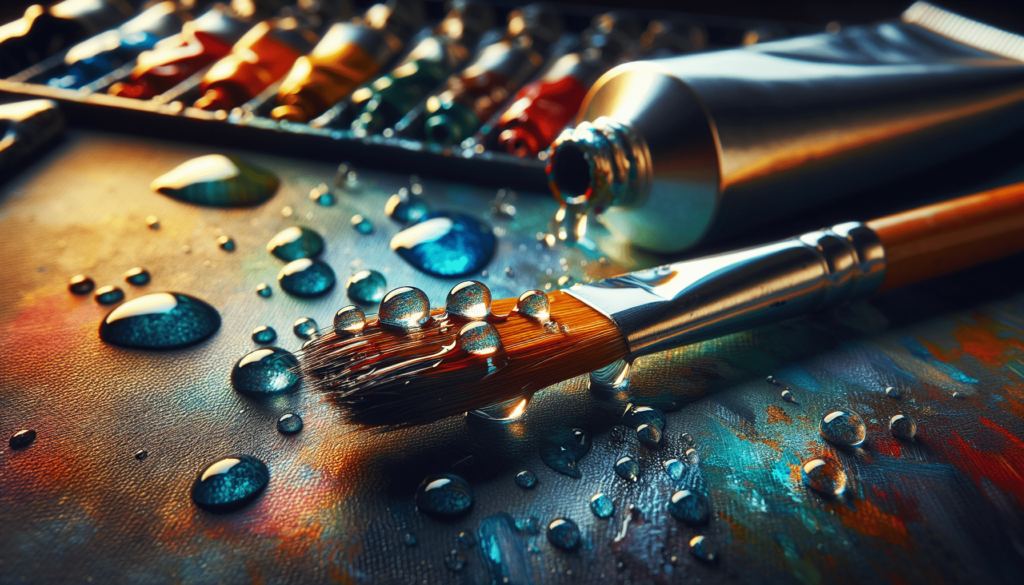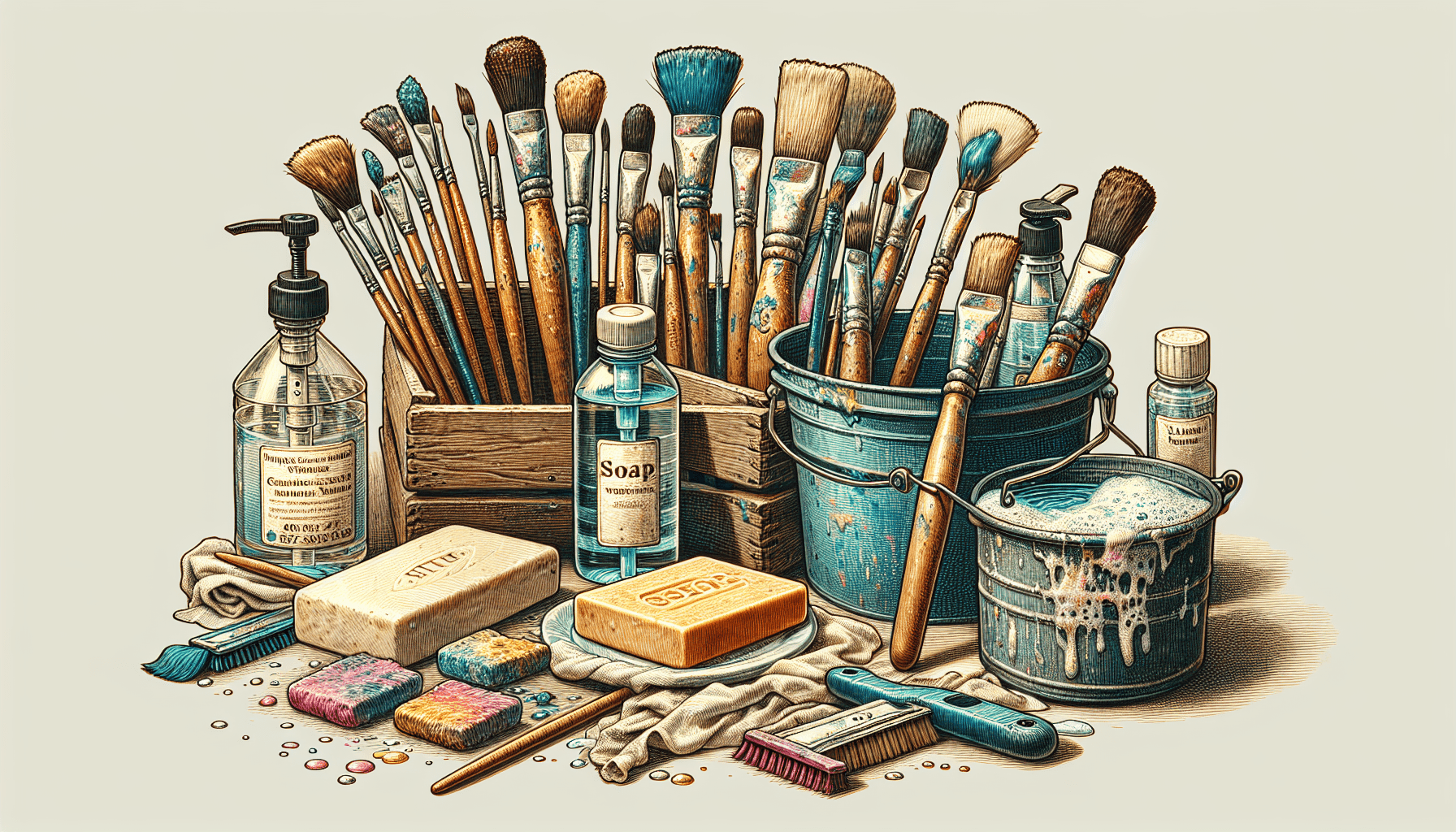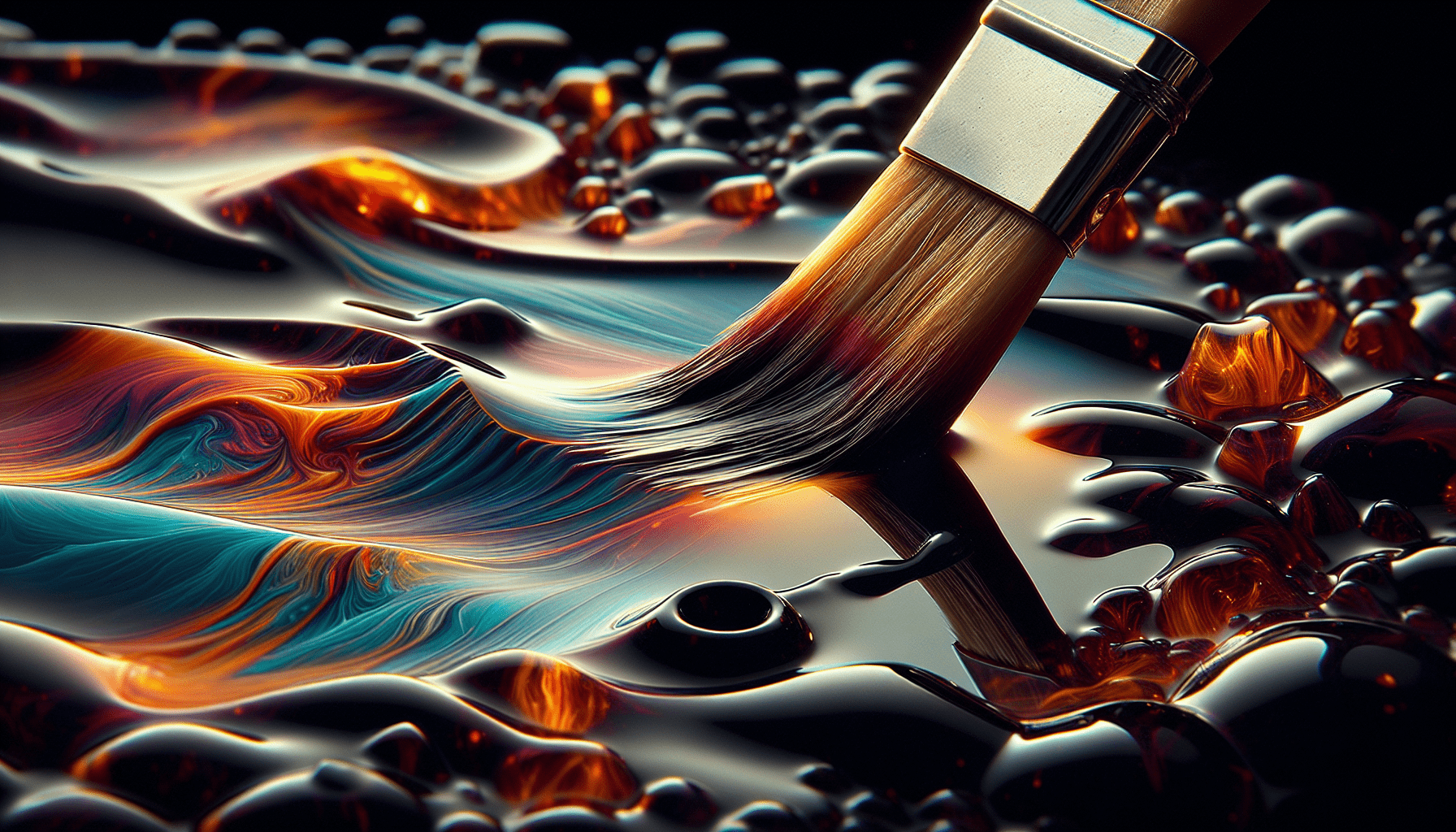As an aspiring artist, you might be grappling with the nuances of painting techniques. One common question is whether to wet the brush before using acrylic paint. Proper brush handling can significantly impact the outcome of your artistic endeavour. This article endeavors to advise you on the best practices when using acrylic paint on your canvas. An in-depth exploration of the benefits and potential drawbacks of brushing wet versus dry is presented to help perfect your painting technique.
Why wetting the brush before using acrylic paint is important
Using acrylic paint properly requires a few handy techniques, one of which includes wetting the brush before use. This is a critical step for many reasons that directly impact the quality and visual appeal of your painting.
Improved paint flow
Wetting the brush before using acrylic paint primarily improves the flow of the paint. By moistening the bristles, the paint can glide more smoothly off the brush and onto your painting surface. This smoother flow allows for effortless application which ultimately results in a more refined painting.
Easier blending
Acrylic paints are known for their quick-drying feature. While this is beneficial in many ways, it can sometimes inhibit smooth blending of colors. Wetting your brush before application slows down the drying process, facilitating easier blending. You can then create the desired smoke-like blending, gradient hues, and more complex effects.
Extended working time
Because acrylic paint dries quickly, artists often feel pressured to work fast. However, a damp brush extends the working time. The water on the brush interacts with the acrylic paint, slowing down the drying time, which grants you more freedom to paint at your own pace.
Prevention of brush strokes
Dampening the brush not only facilitates smooth paint application but also helps reduce visible brush strokes in your painting. Wet brushes can distribute acrylic paint more evenly and thinly, thereby preventing the formation of streaks or noticeable lines that a dry brush may create.
Better color saturation
Lastly, wetting your brush before dipping it into acrylic paint can enhance color saturation. The water helps the paint to spread evenly, allowing pigments to fully saturate the painting surface. Consequently, the resulting colors appear more vibrant and intense.
The process of wetting the brush before using acrylic paint
Like any technique, the process of wetting your brush before painting involves several steps that should be done meticulously.
Gathering necessary materials
Before you begin, gather all the necessary materials, such as your paintbrushes, acrylic paints, a clean water container, paper towels or a clean cloth, and a palette or mixing surface.
Preparing a water container
Fill a clean container with fresh water. Ensure the container is large enough for the brush to get wet without touching the sides or bottom.
Dipping the brush in water
Dip your clean brush into the water, making sure all the bristles are submerged. Avoid the temptation of dunking the brush into the water up to its ferrule as this could loosen up the glue holding the brush together and cause shedding.
Removal of excess water
After dipping your brush in water, remove any excess by gently squeezing the bristles or blotting the brush on a paper towel or clean cloth. Too much water can dilute your paint more than desired.
Preparation for painting
Once all the excess water is removed, your brush is now ready to be dipped in your choice of acrylic paint. As you paint, regularly clean your brush and re-wet it to maintain its moisture level and cleanliness.
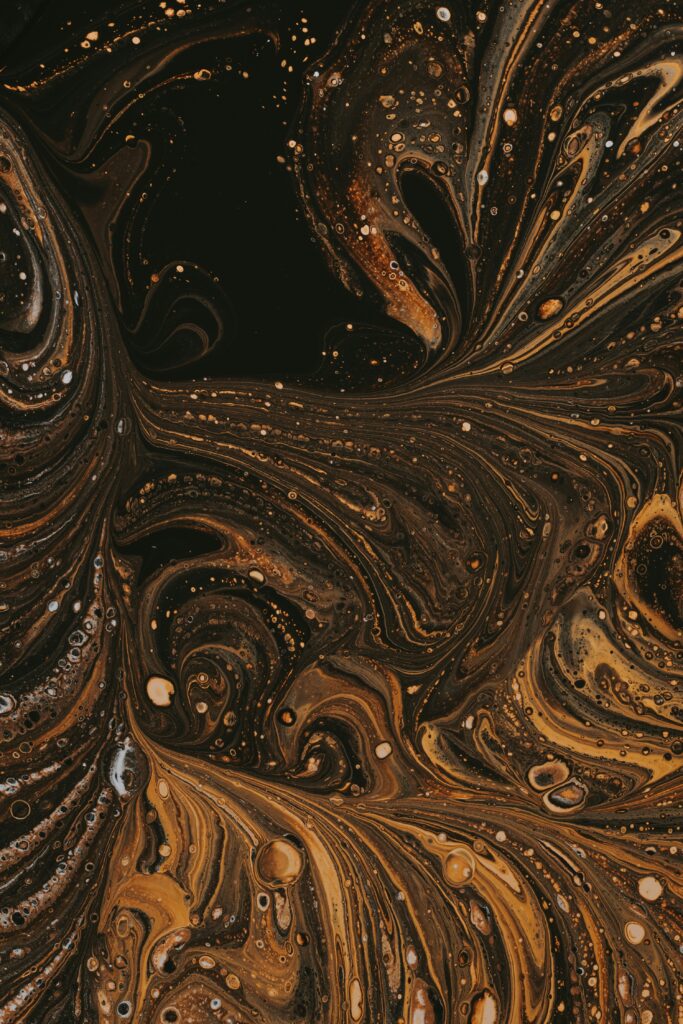
Materials required for wetting the brush
The simple process of wetting your brush requires only a few uncomplicated materials easily found in your art kit.
Water container
The only requirement for a water container is that it must be clean and large enough to allow your brush to move freely.
Clean artist brushes
Art brushes of various sizes and types are key, especially brushes designed specifically for acrylic painting. All brushes must be clean to ensure paint colors are not muddled.
Paper towels or cloth
This is needed to blot the wet brush and remove any excess water. The towel or cloth should be clean so as not to unintentionally transfer any dirt or color onto your brush.
Palette or mixing surface
Depending on your painting style, you might require a palette or mixing surface to blend your acrylic paint colors. This is particularly handy if you anticipate mixing water in with your chosen paint.
Acrylic paints
The star of the show and the final required material is, of course, your acrylic paint. Available in a wide array of colors, ensure your acrylic paints are of good quality for an optimal painting experience.
Benefits of wetting the brush
Dampening your brush before using acrylic paint offers several benefits, some of which have already been discussed. Here are a few more:
Improved brush control
With a dampened brush, you gain better control over your paint application. The added moisture provides a smoother flow, which can improve precision and enable more intricate brushwork.
Better paint application
Having a wet brush significantly enhances the quality of your paint application. The improved paint flow allows for smoother, more even coverage and diminishes brush strokes for a more professional-looking finish.
Reduction of dry and clumpy paint
Wetting your brush helps prevent the paint from becoming dry or clumpy on the brush, which can disrupt your painting process and leave undesirable marks on your painting.
Enhanced paint blending
As mentioned earlier, a wet brush allows for easier blending of colors. This benefit is of particular importance when working with acrylics, given their quick drying characteristics.
Minimization of brush cleaning time
Lastly, regularly wetting and washing your brush during the painting process eases the cleaning afterward, potentially extending the life of your brushes.

Common misconceptions about wetting the brush
Despite the many benefits of wetting your brush before using acrylic paint, there are a few misconceptions surrounding this practice.
Water diluting the paint too much
Some people worry that wetting their brush may excessively dilute their paint, leading to lighter, less saturated colors. While too much water can indeed dilute your paint, removing excess water from the brush before dipping it into the paint will prevent this issue.
Water affecting paint adhesion
Another concern is that adding water might affect the paint’s ability to adhere to the painting surface. However, a damp brush does not significantly affect the adhesion properties of acrylic paint, which is notably adherent on its own.
Water causing paint to dry slower
Some think that a wet brush might slow down the drying process excessively, but in reality, the drying time only slightly increases, providing more time for blending and adjustments.
Not suitable for all painting techniques
It’s true that wetting the brush isn’t necessary for all painting techniques, but it remains a valid practice for most. Understanding the technique that fits your painting style best allows you to use wet or dry brushes accordingly.
Excess water leading to color distortion
The fear of excess water causing color distortion can be easily dispelled. While wetting your brush, proper water management is vital – just enough to assist your work and not so much to alter your paint properties.
Tips for wetting the brush effectively
While wetting your brush might seem simple, a few tips can ensure you do it more effectively.
Use clean water
Always use clean, fresh water to prevent unintentional color mixing or transfers of old paint particles onto your fresh canvas.
Avoid soaking the brush
Remember it’s better to dampen rather than soak your brush. Over-soaked brushes can hold too much water, leading to overly diluted paint.
Find the right amount of moisture
The right level of moisture on your brush often depends on the particular effect you’re aiming for. Routine practice can help you find the perfect balance.
Experiment and practice
Quality art comes with practice. Don’t be afraid to experiment with different levels of moisture to identify what works best for your painting style.
Observe professional artists
Observing professional artists via workshops, online tutorials or art classes can provide valuable insights into the art of wetting the brush effectively.
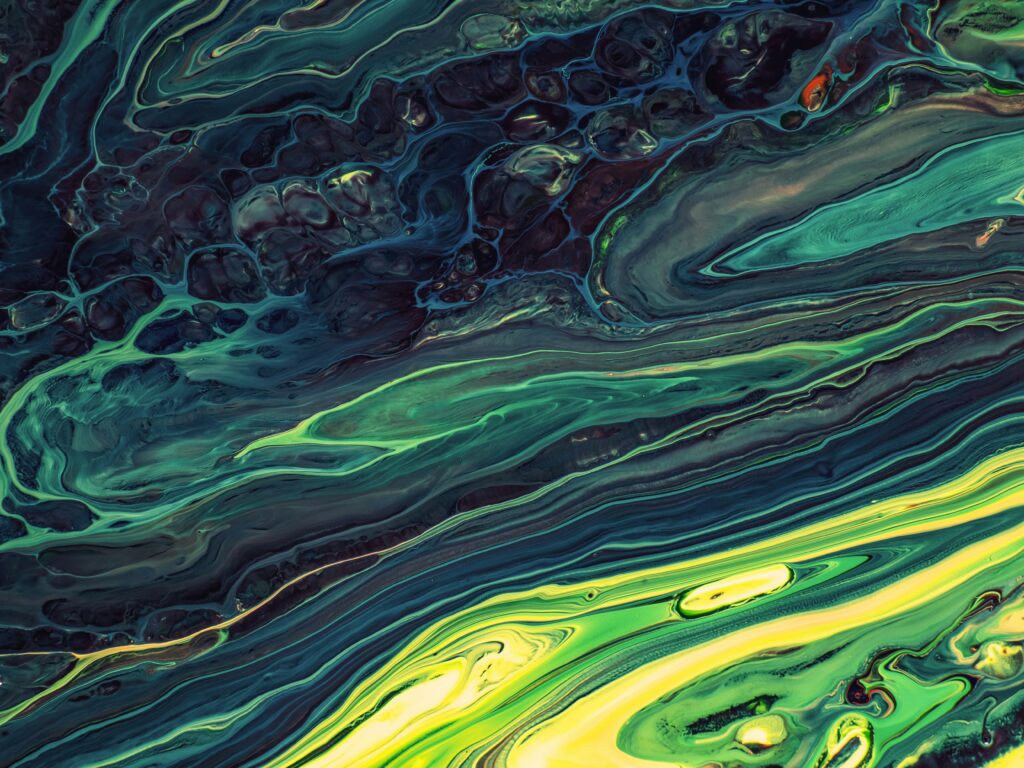
Situations where wetting the brush may not be necessary
While usually beneficial, there are specific situations where wetting the brush may not be needed or even desired.
Using paint straight from the tube
If you prefer to use paint straight from the tube without any added water, then wetting your brush might not be necessary.
Dry brush technique
This technique is designed to create textured, almost scratchy effects that a wet brush would inhibit. Therefore, keeping your brush dry is best in this case.
Specific textured effects
In the case of certain techniques aiming for specific texture effects, using a dry brush might give better results.
Palette knife painting
In Palette knife painting, the brush is replaced by a palette knife. Therefore, wetting a brush is not needed in this instance.
Layering techniques
If you’re proficient in a layering technique, where rapid drying between layers is preferred, you might want to avoid wetting your brush to expedite the drying process.
Alternative methods for achieving similar effects
While wetting the brush is a popular technique, there are alternatives you can consider for similar effects.
Using a palette knife
A palette knife can create beautifully textured and layered effects similar to those achieved with a wet brush.
Using a spray bottle
A light spray of water over your canvas can keep the paint workable for longer and allow for smoother blending, much like a wet brush does.
Adding a paint medium
Various paint mediums can alter the texture, flow, and drying time of your paint, achieving effects similar to those gained by a moist brush.
Applying acrylic glazing
Acrylic glazing assists in extending the working time and eases the blending of colors, providing similar benefits to that of a wet brush.
Using a wet palette
A wet palette keeps your paint from drying out too quickly, allowing for more extended periods of working and blending, much like when using a wet brush.
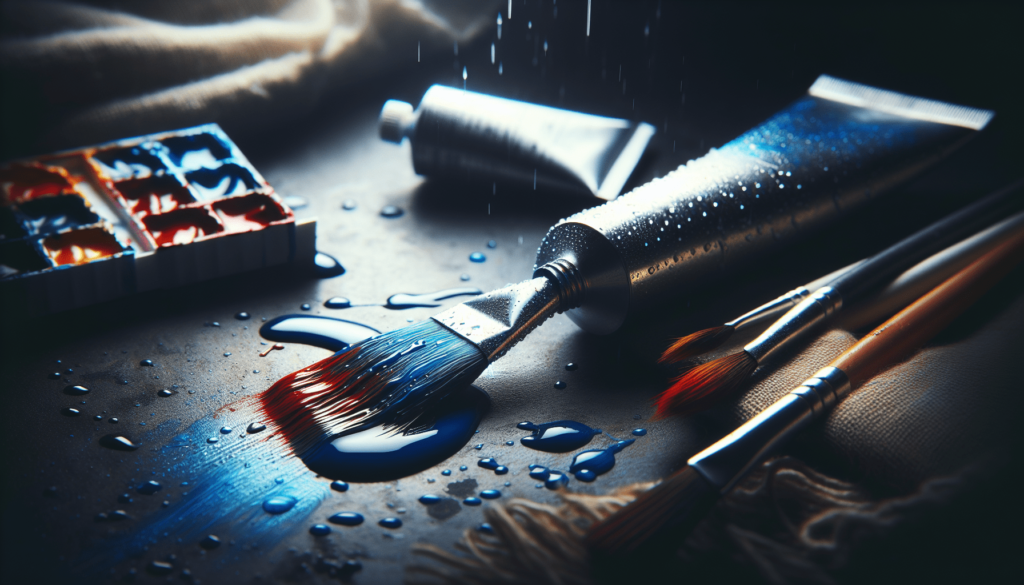
Experimenting with wetting the brush
Art is all about creativity and experimentation. In the context of wetting the brush, here are a few ways to experiment:
Testing different water-to-paint ratios
Experiment with different amounts of water to create various effects and looks.
Exploring various brush wetting techniques
Try different methods for wetting your brush and figure out which works best for you and your style.
Comparing dry brush vs. wet brush application
Use a dry brush for some parts of your painting and a wet brush for others, and compare the effects.
Trying wet-on-wet vs. wet-on-dry techniques
Apply paint to a wet surface (wet-on-wet) or to a dry surface (wet-on-dry) and observe the differences.
Experimenting with different painting surfaces
Different surfaces react uniquely to wet brushes and acrylic paint. Get a feel for these nuances by painting on various materials and textures.
Conclusion
In conclusion, wetting the brush before using acrylic paint provides an assortment of benefits – it enhances paint flow, improves blending and saturation, prevents brush strokes, and allows for an increased working time. However, it is not without misconceptions, many of which can be counteracted through proper brush and water management. While generally a beneficial practice, there may be certain situations or techniques where a dry brush proves more useful. Other methods can also deliver similar effects if preferred. Remember, the most crucial aspect is to experiment and practice with wetting the brush, allowing room for creativity and artistic exploration. Ultimately, enjoy the process and happy painting.
